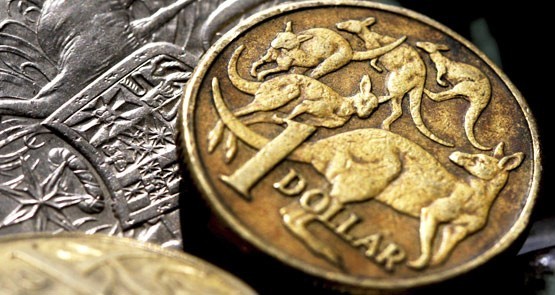
The group of highly rated economies continues to shrink, something that will add more pressure on the Aussie dollar and undermine the Reserve’s Bank’s sporadic and unsuccessful attempts to talk the value of the currency lower, as we have seen in recent speeches and statements from governor Phil Lowe.
On Friday, two leading economies were hit by cuts to their credit ratings. Britain saw its rating cut to Aa2 (two under AAA) with a stable outlook, down from Aa1 with a negative outlook by Moody’s. Hong Kong was cut to AA+ from AAA by S&P Global Ratings, a day after S&P downgraded China for the first time since 1999. China’s sovereign rating is now A+, down from AA-, with its outlook revised from stable from negative.
Moody’s said the UK’s public finances outlook has weakened significantly, “with the government’s fiscal consolidation plans increasingly in question and the debt burden expected to continue to rise”. Both the “manner of its departure from the European Union” as well as the “increasingly apparent challenges to policy-making given the complexity of Brexit negotiations and associated domestic political dynamics” will weigh on its fiscal situation, it added. Moody’s also says Brexit is weighing on the country’s economy. “Private consumption has slowed sharply and business investment has been weak since 2016, most likely linked to the Brexit-related uncertainty. While future years may see some recovery, Moody’s expects growth of just 1% in 2018 following 1.5% this year and 2.25% on average in recent years.”
Moody’s also decided it no longer had confidence in one of the key lines the May government has been peddling about Brexit, that it will be able to secure a replacement free-trade agreement with the EU that will substantially mitigate the negative economic impact of Brexit. Naturally the Brits were upset. The UK Treasury claimed the downgrade was based on out-of-date assessment of the UK’s position. But with May’s government now virtually in open civil war over Brexit, if anything Moody’s assessment might be a little optimistic.
Australia remains one of a handful countries with three AAA ratings, a legacy of Wayne Swan’s period as treasurer. We have two stable outlooks from Fitch and Moody’s, and a negative from S&P. The others are Canada, Singapore, Sweden, Norway, Denmark and Switzerland. Luxembourg and Lichtenstein have AAA ratings but are financial transaction centres/tax havens, not real world economies. The US has AAA ratings from Moody’s and Fitch but a AA rating from S&P because of constant congressional gridlock. In these days of mostly low interest rates, ratings do not matter all that much, but as rates start to edge higher (in the US, Canada and possibly in the UK), and eventually they will come back into play. It also means more upward pressure on the stubbornly strong Aussie dollar.







One wonders how long before the ratings agencies downgrade Australia, as Moody’s just has to the UK over over Brexit, for political paralysis over energy policy?